It’s only a blip on my radar, and few are losing sleep over a dirty little dustbowl lined with “Quad” tracks.
This morning commences the Cache Creek Aggregate Producers Breakfast, where they’ll be attired in top hats and too-tight vests, an abundance of hearty backslaps and thick cheroots, and some environmental pipsqueak trying to be heard over the din champagne corks and water jokes.
Yes, these fellows are the “evil industrial complex” that saw fit to drain my creek dry to fuel their “13% more tomatoes grown during a third year of drought.”
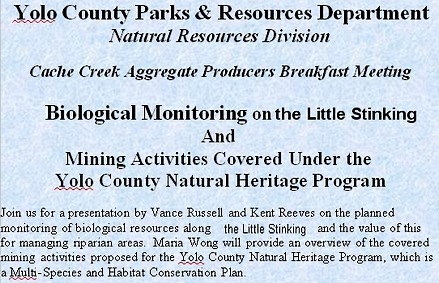
I’m being overly melodramatic – these are actually the “evil indrustrialists” that make a moonscape of the watershed, and after peeling Mother Nature’s brassiere off – they’ll donate her pock marked form to the county – thereby collecting enormous tax write off’s and engendering good feelings …
… and they don’t need a lecture from Audubon California (as will be featured) reminding them of their civic responsibilities, as they’ve decided a riparian zone dustbowl is plenty good for buzzards and rodents.
There hasn’t been any water in four months. And as the last ragtag squadrons of wild fish are coming up the Sacramento, again there’ll be nothing to spawn in.
… save the little beaver pond to the left of the table groaning of pastries and sausages, whose inhabitants desperate actions dammed the last trickle to build a shrinking pond in the middle of a desert.
Over the last couple of years I’ve removed my support from our traditional conservation organizations because I believe their priorities are wrong. I understand they mean well, and are trying desperately to preserve things they cannot keep operational. It’s this attempt at saving the rarified names, and fancy watersheds – while ignoring the commonplace that has me disgusted.
… and so they play the game. Today’s breakfast it’s Audubon California handing out conservation plaques to the guys that bulldozed a shitty little brown trickle that no one cared about.
… the salmon cared a great deal, as 50 miles of perfect pea gravel has been denied them.
I’ll assume there’s some great plan out there, where they’ll trade my 50 miles of unknown for 400 yards of really prime real estate somewhere far north of me – someplace it’ll take me a hundred dollars to get to – but as they lack budget to manage it affectively, I won’t really want to go there.
This month’s eco-bulletin will announce a major victory, acquiring the very tree that Joaquin Murrieta pizzled on while being chased by cavalry. The price will be a couple of scientists having to hand some fat cat a plaque – and he’ll want to wash his hands after …
Thanks Mr. Aggregate for January, grower of watery pink tomatoes which become slightly gray under the hot lamps of Wendy’s, I hope you choke on an English Muffin.
Tags: Yolo County Parks & Resource Department, Cache Creek Aggregate Producers, Riparian monitoring, Little Stinking, fishless fishing

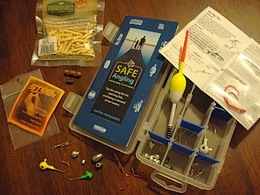 On the heels of safe sex comes “
On the heels of safe sex comes “ I’m the doubting kind and figure insects had nothing to do with it.
I’m the doubting kind and figure insects had nothing to do with it.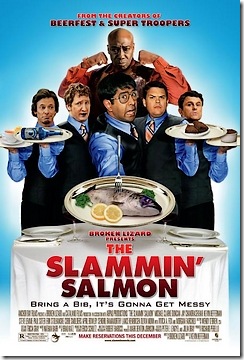 Despite two years of closure the
Despite two years of closure the 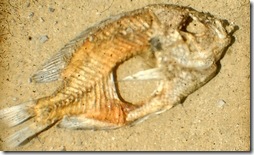 It’s one of those questions that has plagued me for the last couple of years, what happens to fish subjected to the annual torrent of runoff and massive amounts of debris dislodged from upstream.
It’s one of those questions that has plagued me for the last couple of years, what happens to fish subjected to the annual torrent of runoff and massive amounts of debris dislodged from upstream.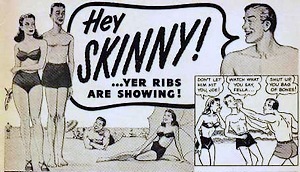 Science has upset matchmaking theory and suggested the
Science has upset matchmaking theory and suggested the 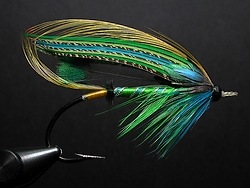 Another mass escape from a
Another mass escape from a 
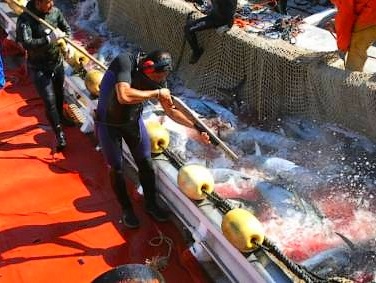
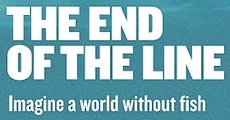 Powerful, controversial, and completely riveting. A sobering look at the state of the world’s oceans and the long term impacts to the planet.
Powerful, controversial, and completely riveting. A sobering look at the state of the world’s oceans and the long term impacts to the planet.